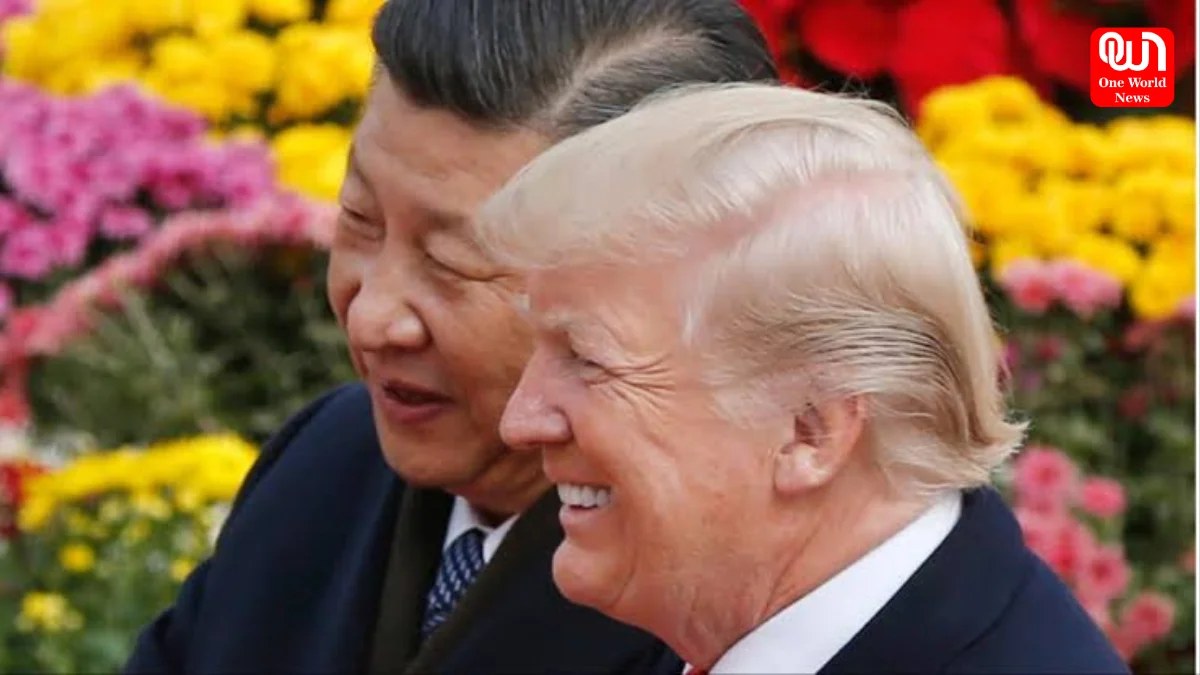24% Additional Duties On US Goods Spark Fresh Bilateral Trade Concerns
China Suspends 24% Additional Duties On US Goods After Trump Extends Tariff Truce By 90 Days
India Imposes 24% Additional Duties On US Goods Amid Trade Tensions
Beijing’s move signals a temporary easing in trade tensions, but uncertainty looms over the long-term resolution of the US-China tariff standoff.
In a significant development in the ongoing trade dispute between the United States and China, Beijing has announced the suspension of its 24% additional duties on select US goods. This decision came shortly after former US President Donald Trump extended the existing tariff truce by another 90 days, giving both sides more time to negotiate a comprehensive trade agreement.
The trade war between the world’s two largest economies has been marked by tit-for-tat tariffs, escalating tensions, and disruptions in global markets. The 24% additional duties, which targeted a range of American exports—from agricultural products like soybeans and pork to manufactured goods—were originally imposed in retaliation to Washington’s own tariff hikes on Chinese imports.
Trump’s decision to extend the tariff truce was seen as an attempt to avoid further economic strain and to create space for renewed negotiations. In response, China’s Ministry of Commerce issued a statement declaring that the additional duties would be suspended, effective immediately, for the duration of the truce. This move, officials noted, was aimed at fostering “constructive dialogue” and demonstrating goodwill.
Markets reacted positively to the news, with global stock indices seeing modest gains. The announcement also brought a sense of relief to US farmers and manufacturers who had been struggling under the weight of reduced Chinese demand. Analysts, however, caution that this is merely a temporary reprieve rather than a resolution of the underlying issues.
The US and China remain divided on several critical points, including intellectual property rights, technology transfers, and state subsidies to Chinese industries. While the tariff suspension reduces immediate trade friction, experts note that both sides face pressure to deliver concrete results before the new 90-day window expires.
For China, the suspension serves a dual purpose: it eases the burden on domestic consumers and industries reliant on American imports, and it signals to the international community that Beijing is open to diplomacy. For the United States, the extension of the truce buys time for negotiators while calming fears of a deeper economic slowdown.
However, the complexity of the issues at stake means that even with this temporary gesture of goodwill, the road ahead is uncertain. If no substantial agreement is reached during the truce period, the risk of renewed and possibly intensified tariffs remains high.
Trade experts suggest that the next three months will be crucial. Both governments will need to balance domestic political pressures with the demands of international trade relations. While the suspension of the 24% additional duties is a welcome step, the true test lies in whether this pause can lead to lasting agreements that address the structural imbalances and policy differences fueling the trade war.
read more: Onam – The Grand Harvest Festival of Kerala
For now, global markets, exporters, and policymakers will watch closely as Washington and Beijing engage in what could be one of the most pivotal rounds of trade negotiations in recent years.
We’re now on WhatsApp. Click to join.
Like this post?
Register at One World News to never miss out on videos, celeb interviews, and best reads.








